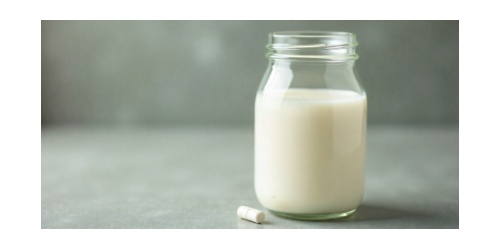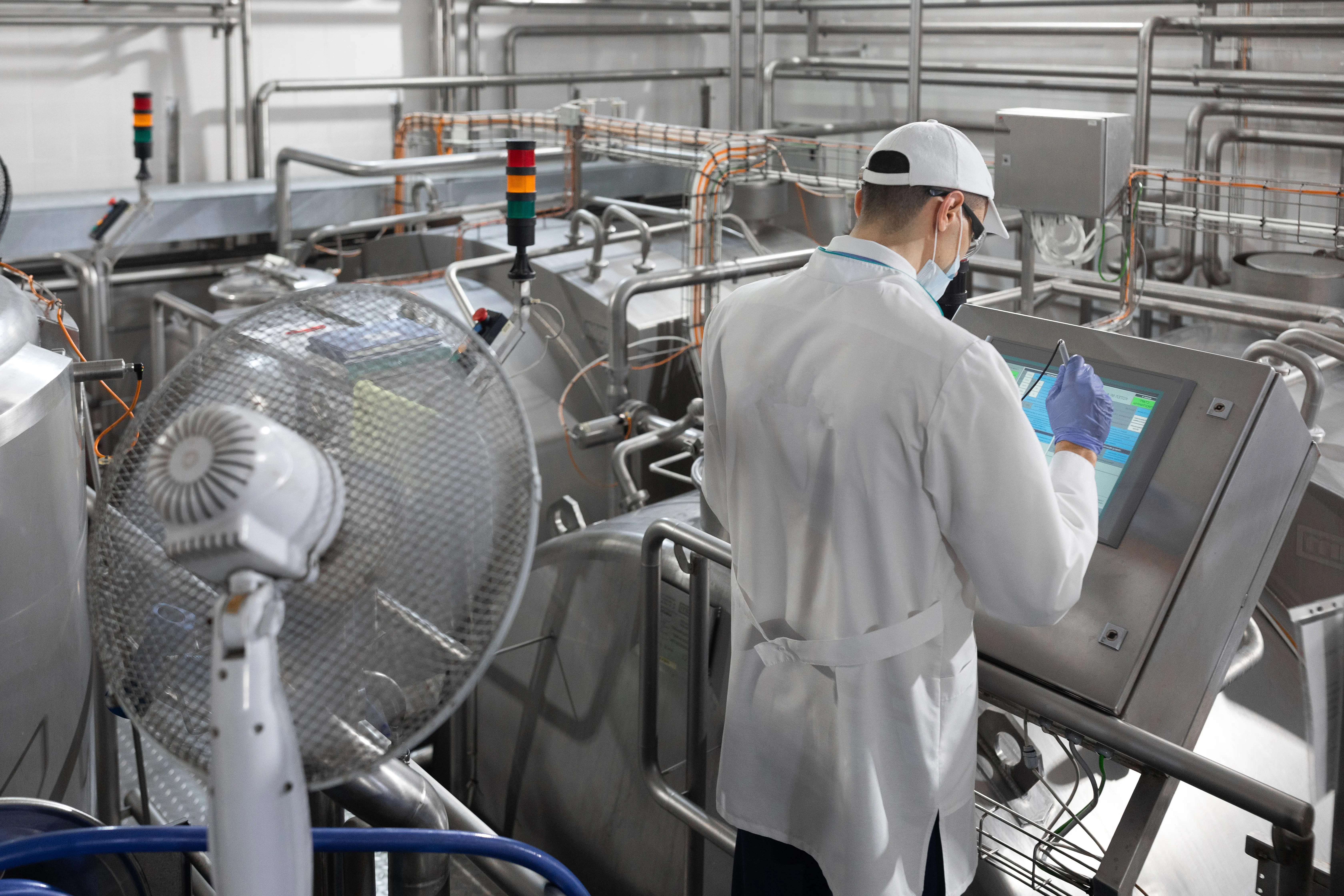520

The control of antibiotic residues in raw milk is one of the most important food safety requirements established at European level, as exceeding the permitted limits affects public health, the competitiveness of processors, and market access for dairy products. Regulation (EC) No. 470/2009 and the European Commission’s database on Maximum Residue Limits set the allowed values for the main classes of antibiotics used in veterinary treatments, while EFSA periodically confirms the safety of these thresholds based on toxicological assessments.
Data collected by Member States and reported annually to the European Food Safety Authority indicate that, at EU level, approximately 0.18% of milk samples exceed maximum residue limits, according to EFSA’s 2024 report on food contaminants. Although the share is small, the economic impact on farmers and processors is significant, because contaminated batches must be destroyed and collection centers are required to implement immediate corrective measures.
At the same time, the European Commission recommends strengthening on-farm monitoring systems and expanding the use of rapid testing capable of detecting residues below 5–10 µg/kg for the most commonly used molecules. These instruments are already standard in most Member States, as they allow rapid isolation of non-compliant batches and reduce the risk of contaminating mixed tank shipments.
Reports submitted by Romania to EFSA show a compliance rate close to the European average, though the structure of small farms increases system vulnerability: low volumes, high testing costs, and inconsistent use of veterinary recordkeeping. MADR and ANSVSA carry out annual official monitoring programs, with samples collected from farms, collection centers, and processing units. At the same time, processors test every batch upon receipt using rapid technologies approved by European reference laboratories.
For farmers, respecting withdrawal periods after treatments remains the most effective way to prevent non-compliance. According to OECD, farms that implement strict veterinary recordkeeping protocols can reduce the risk of residues by up to 40%, while processors that use digital traceability systems significantly minimize operational losses.
Controlling antibiotic residues is not the responsibility of a single segment of the chain, but an integrated effort that influences milk prices, contract stability, and the credibility of Romanian products on the European market.
(Photo: Freepik)





